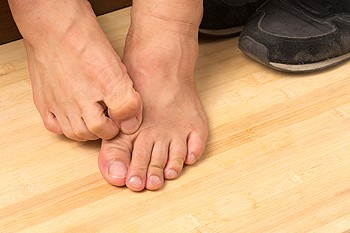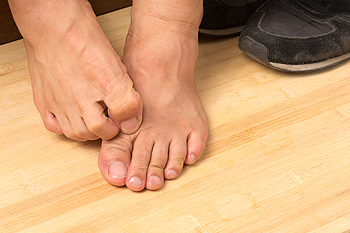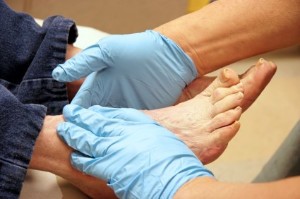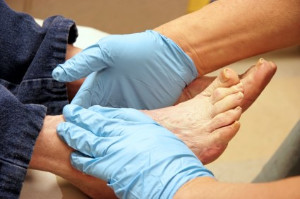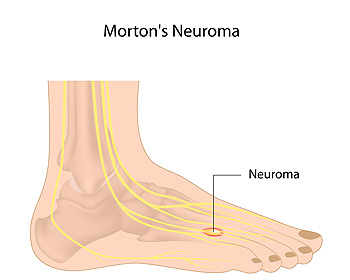 Morton’s neuroma is a condition which causes swelling along a nerve in the foot. The affected nerve is typically between the third and fourth toes, or the second and third toes. The symptoms of this condition include tingling, burning, numbness, pain, and the sensation that you are stepping on something inside your shoe. Symptoms typically begin gradually, often while wearing narrow shoes or performing certain physical activities, and go away with rest. However, as the condition progresses, the symptoms may worsen and persist for days or even weeks as the swelling along the nerve enlarges. If you are experiencing the symptoms of Morton’s neuroma, it is recommended that you seek the care of a podiatrist.
Morton’s neuroma is a condition which causes swelling along a nerve in the foot. The affected nerve is typically between the third and fourth toes, or the second and third toes. The symptoms of this condition include tingling, burning, numbness, pain, and the sensation that you are stepping on something inside your shoe. Symptoms typically begin gradually, often while wearing narrow shoes or performing certain physical activities, and go away with rest. However, as the condition progresses, the symptoms may worsen and persist for days or even weeks as the swelling along the nerve enlarges. If you are experiencing the symptoms of Morton’s neuroma, it is recommended that you seek the care of a podiatrist.
Morton’s neuroma is a very uncomfortable condition to live with. If you think you have Morton’s neuroma, contact one of our podiatrists of Biebel & DeCotiis Podiatry Associates. Our doctors will attend to all of your foot care needs and answer any of your related questions.
Morton’s Neuroma
Morton's neuroma is a painful foot condition that commonly affects the areas between the second and third or third and fourth toe, although other areas of the foot are also susceptible. Morton’s neuroma is caused by an inflamed nerve in the foot that is being squeezed and aggravated by surrounding bones.
What Increases the Chances of Having Morton’s Neuroma?
- Ill-fitting high heels or shoes that add pressure to the toe or foot
- Jogging, running or any sport that involves constant impact to the foot
- Flat feet, bunions, and any other foot deformities
Morton’s neuroma is a very treatable condition. Orthotics and shoe inserts can often be used to alleviate the pain on the forefront of the feet. In more severe cases, corticosteroids can also be prescribed. In order to figure out the best treatment for your neuroma, it’s recommended to seek the care of a podiatrist who can diagnose your condition and provide different treatment options.
If you have any questions, please feel free to contact one of our offices located in Holmdel and Middletown, NJ . We offer the newest diagnostic and treatment technologies for all your foot care needs.
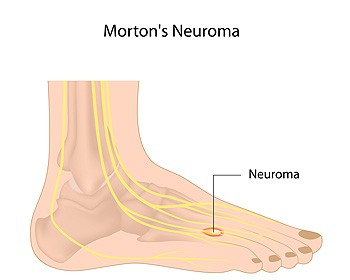
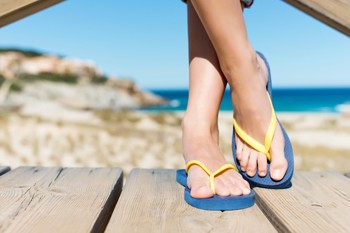

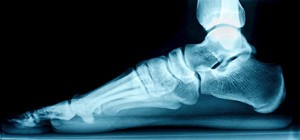
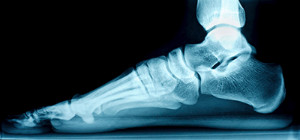 Flat feet
Flat feet